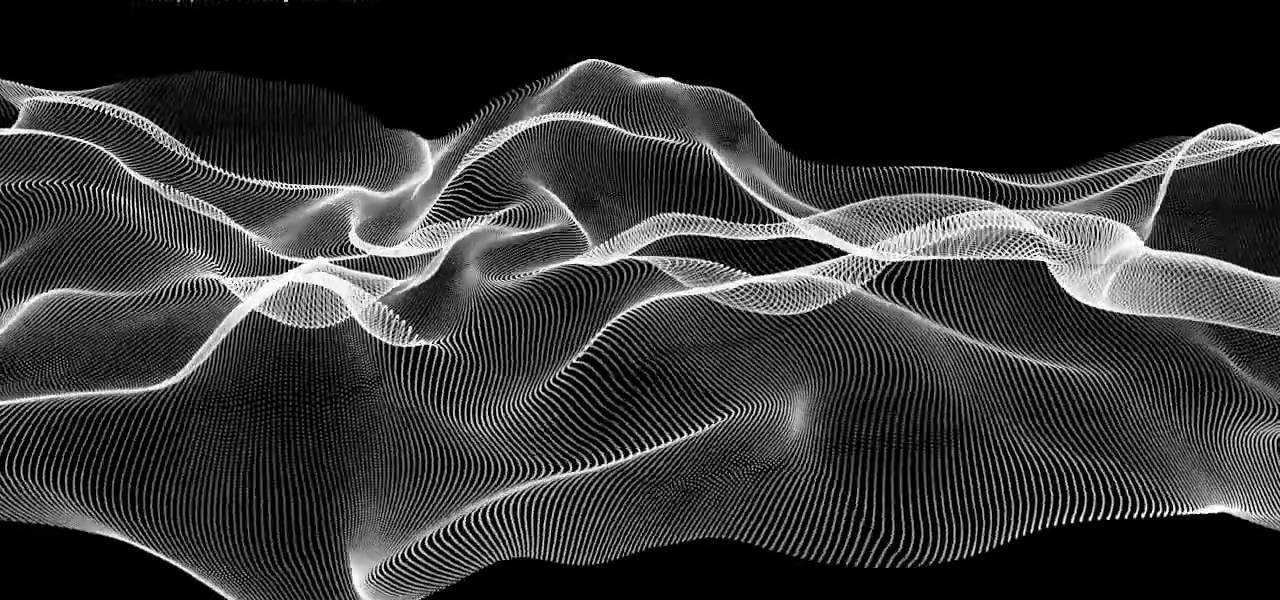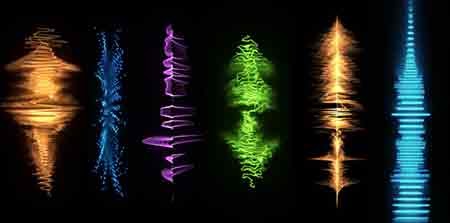

Go to the Tools menu and select AudioSuite to open AudioSuite.This will cause distortion in your audio.ĪudioSuite is where you can apply different audio effects on individual clips.

It depends on video, of course, but a good rule of thumb is to not let your audio go above -4 if you’re looking at the left side of the Audio Tool. The Audio Tool displays the volume of the timeline while you’re playing back in either the Source or Record Monitor. Let’s break down a handful of the different audio tools inside of Avid Media Composer.Īvid Media Composer has an appropriately named Audio Tool. The Different Audio Tools in Avid Media Composer After enough time looking at waveforms you can get pretty good at guessing where certain words are spoken when sentences end and know when the talent messes up their lines. You can quickly tell whether a clip is going to be loud or if there’s actually any audio on the clip. Then click the button that looks like a waveform on the audio track of your choice.īeing able to “see” audio in your timeline is quite useful.

Twirl open the Track Control Panel (the small triangle next to the timecode in the top left corner of the Timeline). You may want to do this if you’re working on a slower system or just want to focus in on one track in particular. The other method for displaying waveforms is to only show waveforms on certain tracks. To show waveforms on every clip on every track: In Avid Media Composer you can “see” your audio in the timeline by displaying the waveforms on clips.

Let’s get started! How to “See” Your Audio in the Timeline This article will walk you through the different audio tools, how to use them, and dozens of other tips and hacks for editing audio in Avid Media Composer. If you’re editing your video in Avid Media Composer then you have a ton of tools at your fingertips for you to have the perfect audio on your next project. Have you ever heard the saying, “Every video is half audio”? It’s so true.


 0 kommentar(er)
0 kommentar(er)
